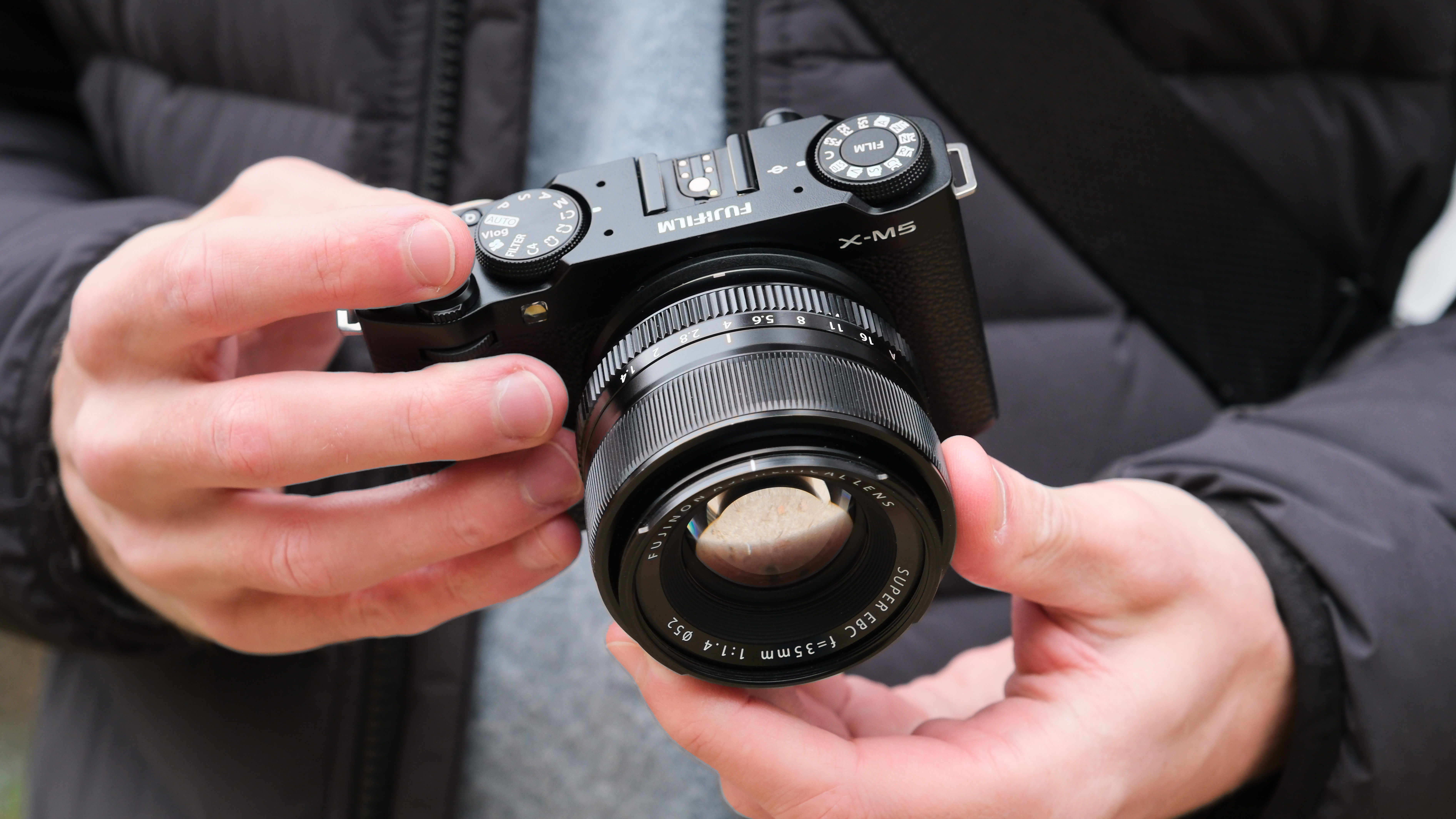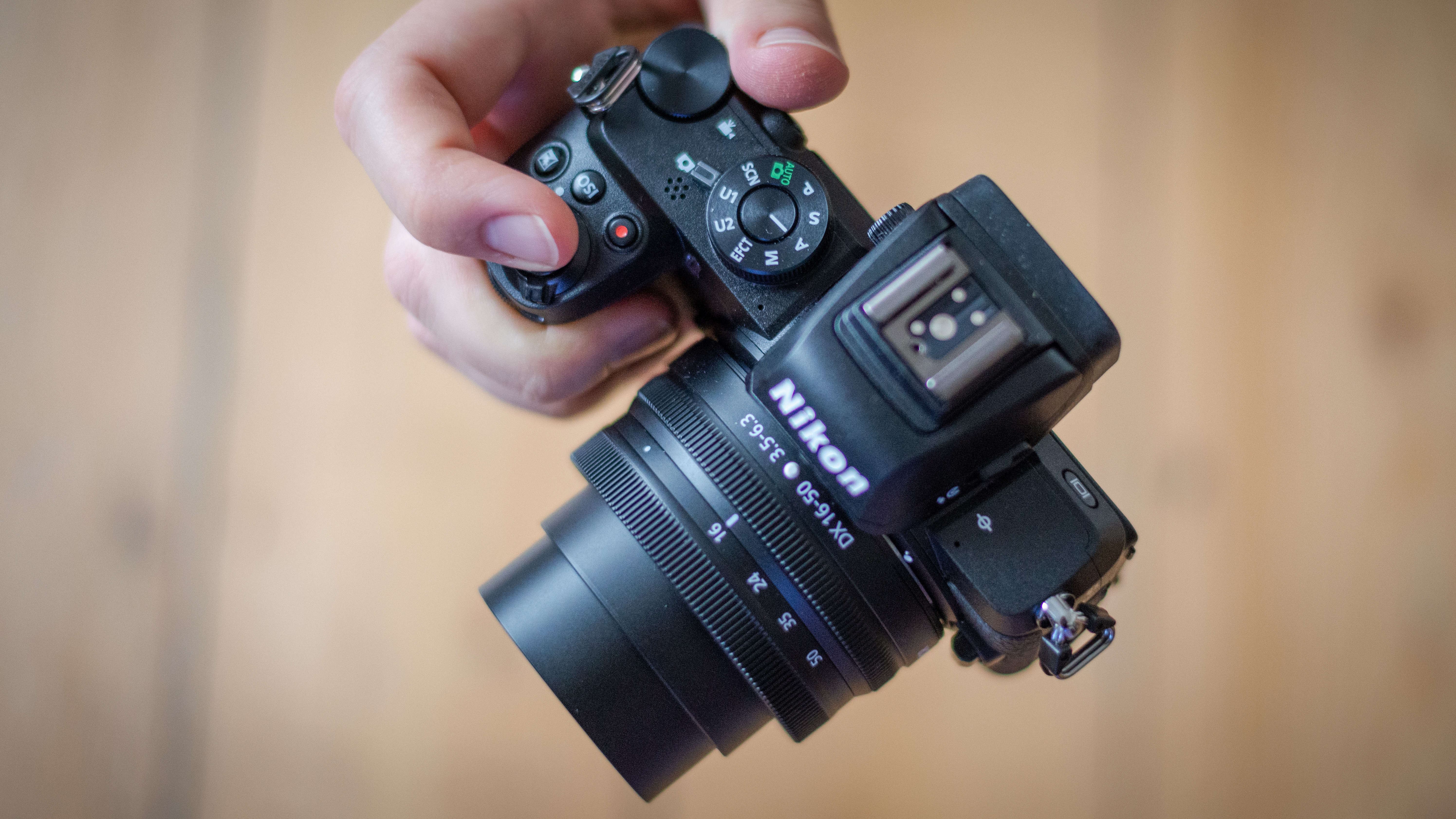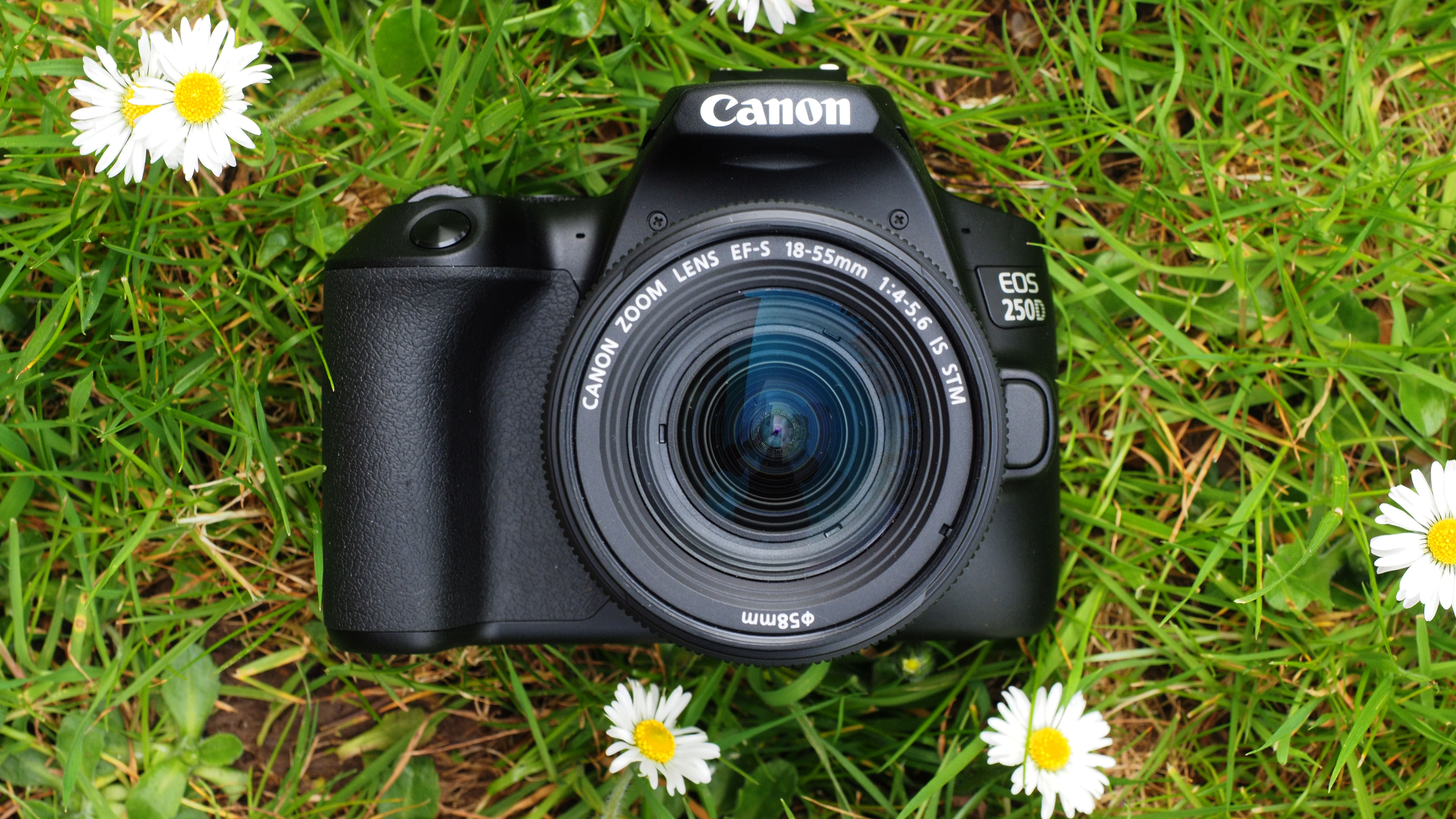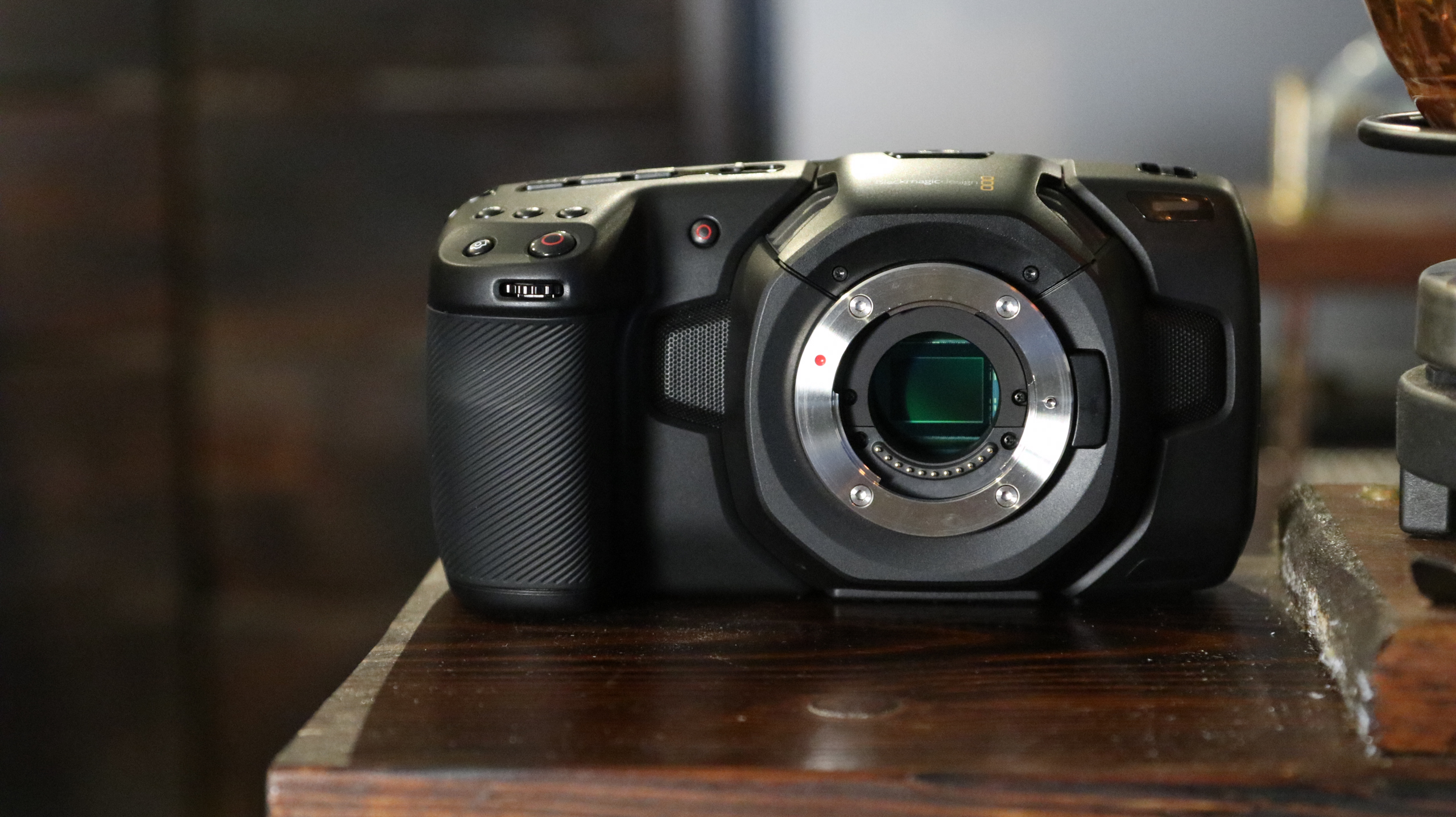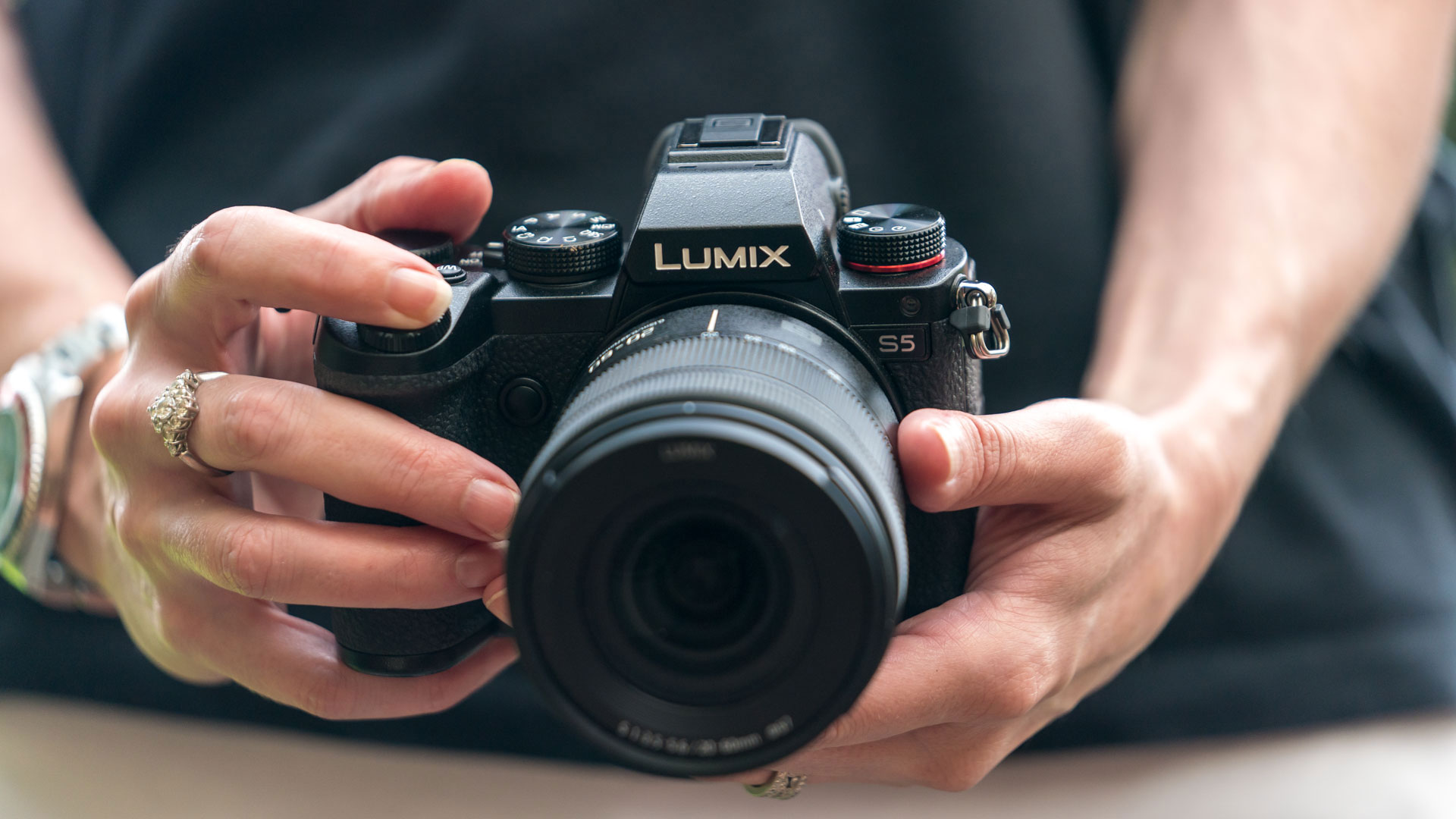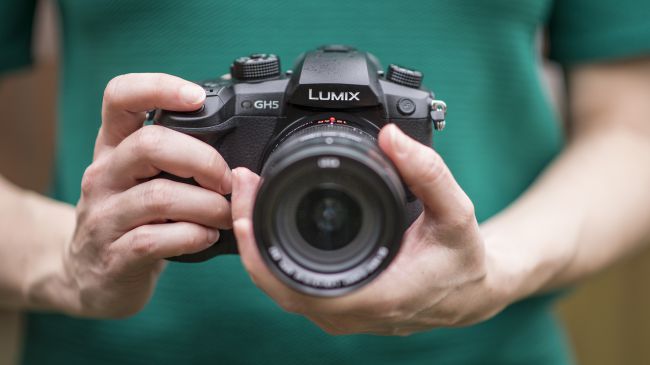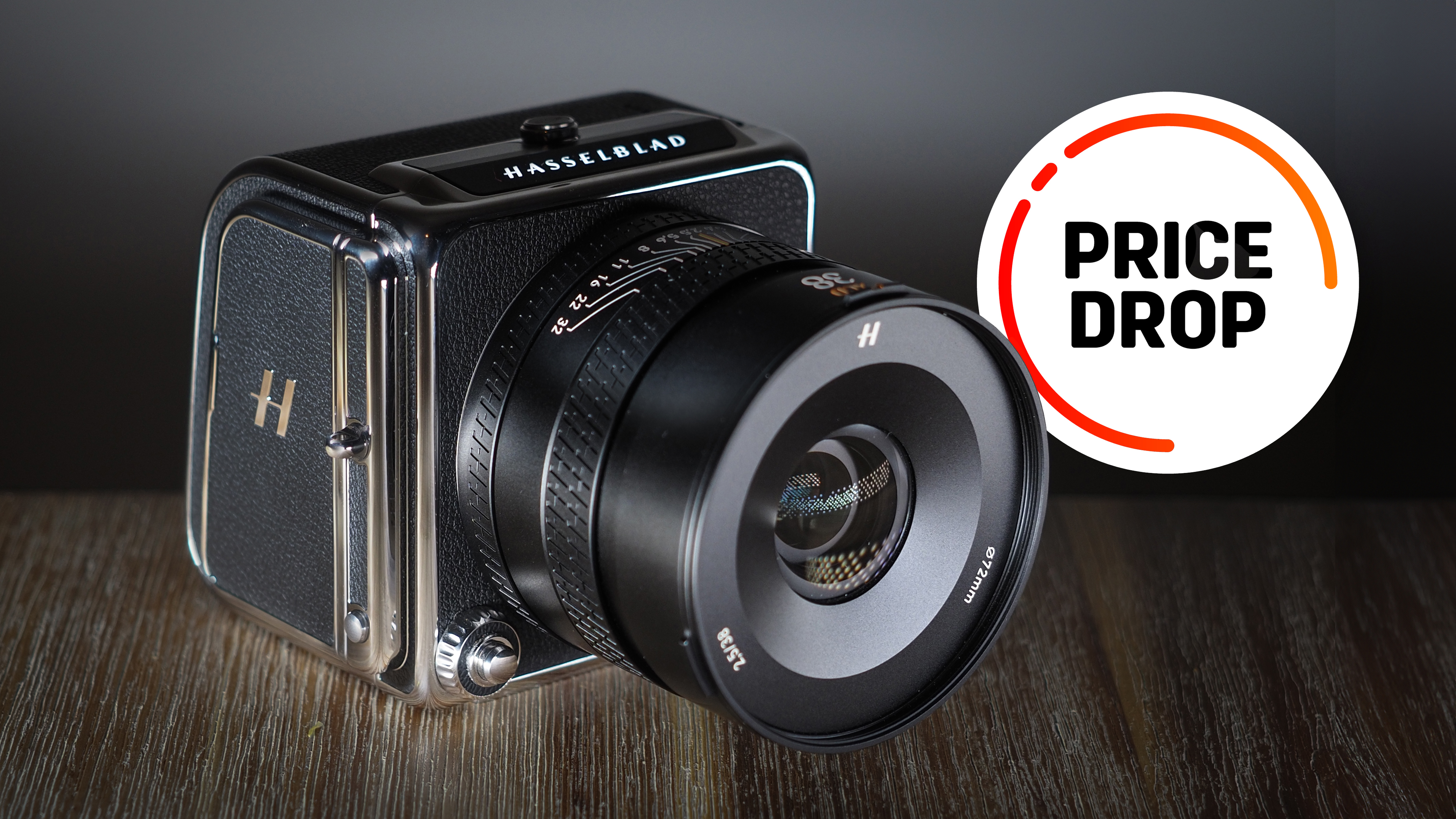The best camera for film students in 2025
The best camera for film students needs to be easy for beginners to use but advanced enough to last the course
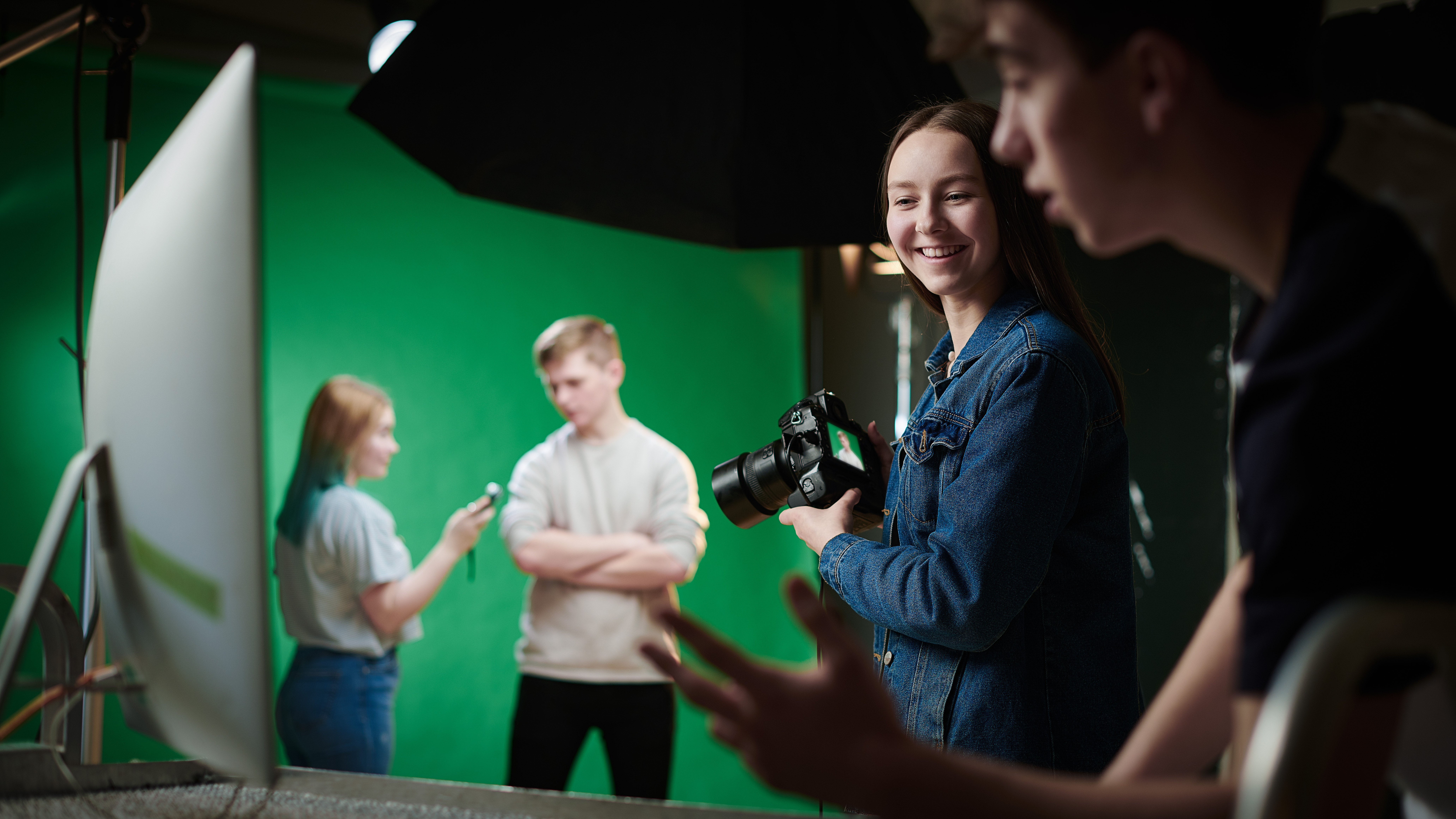
For film students, the right camera has to juggle quality, durability, affordability, and ease of use in equal measure. A model that’s overloaded with features can be more of a distraction than a help, while something too stripped back risks limiting your creativity before you’ve even finished your studies.
The cameras I’ve highlighted here aren’t just impressive on paper – they’ve been chosen with real student needs in mind. You’ll find a mix of accessible entry-level options that punch above their weight, as well as older professional models that have become excellent value now that newer versions are on the market.
Most of these recommendations are mirrorless cameras, as they currently offer the best all-round balance of cost, performance, and flexibility – making them a natural fit for students.
If you’re still unsure about what to look for, I’ve included a breakdown at the end to guide you towards the right choice for your course. For a wider view, you can also explore our full roundup of the best video cameras.
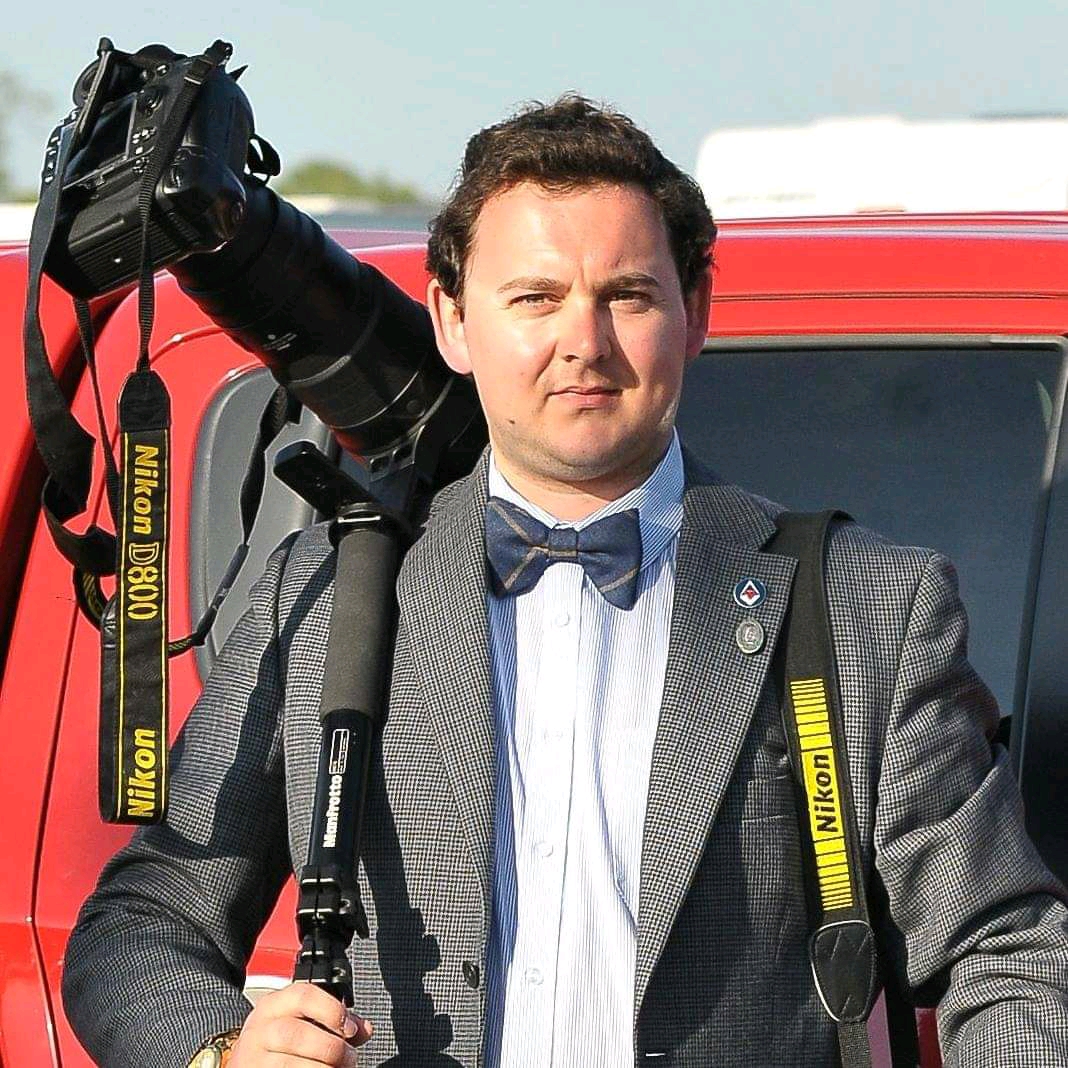
For nearly two decades Sebastian's work has been published internationally. He is familiar with and shows great interest in street, medium, and large format photography with products by Leica, Phase One, Hasselblad, Alpa, and Sinar. Sebastian has also used many cinema cameras from the likes of Sony, RED, ARRI, and everything in between. He now spends his spare time using his trusted Leica M-E or Leica M2 shooting street photography, usually in Black and White.
best camera for film students: our top picks
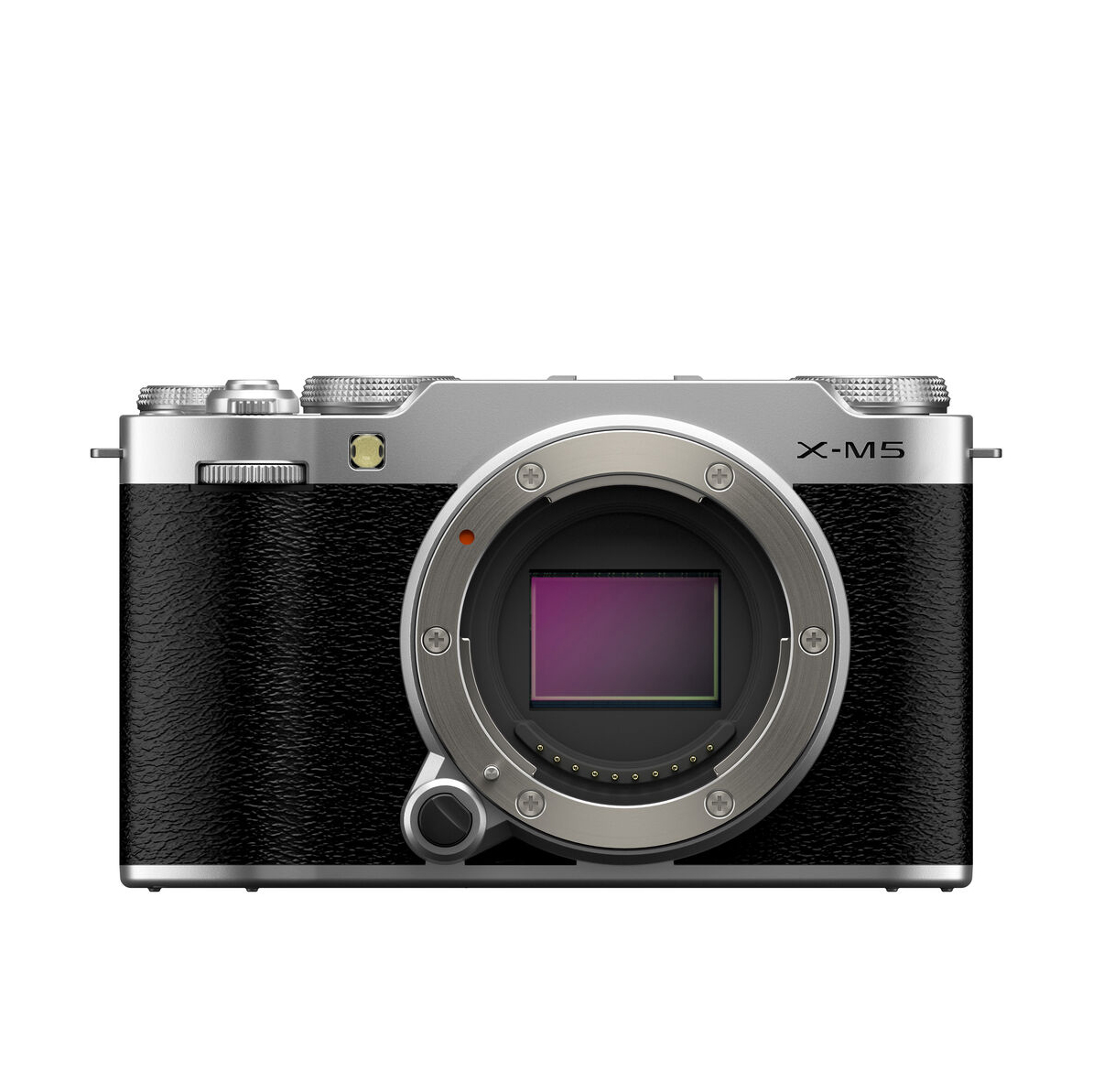
The Fujifilm X-M5 is a camera whose superb video chops are belied by its tiny body. An ideal starting point for beginner and student filmmaker – just make sure to avoid the XC 15-45mm kit lens!
Read more below
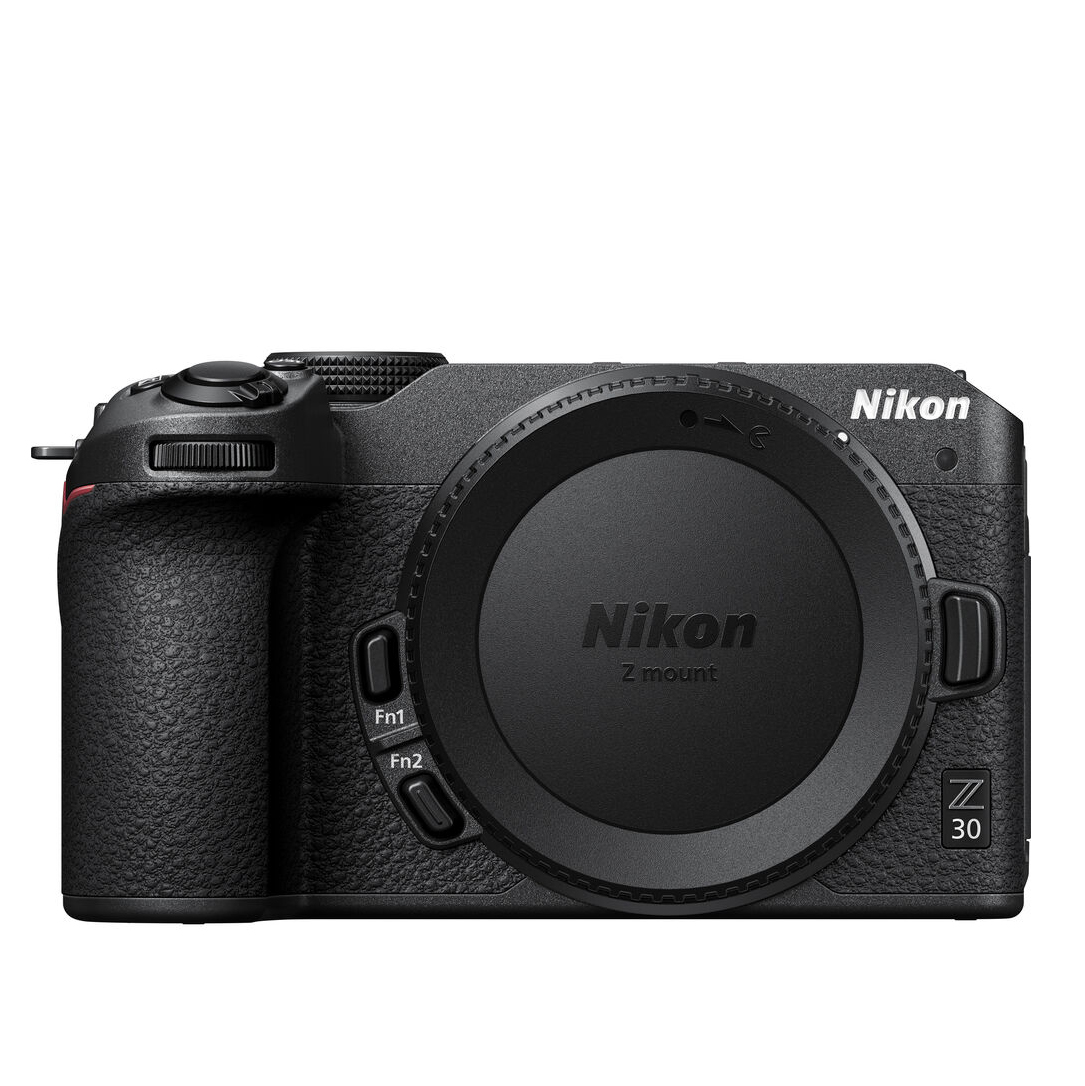
Crammed full of technology that has trickled down from its bigger brothers, the Z30 has the advantage of capturing 4K across the entirety of its sensor width. It's a lightweight and capable starter camera for video.
Read more below
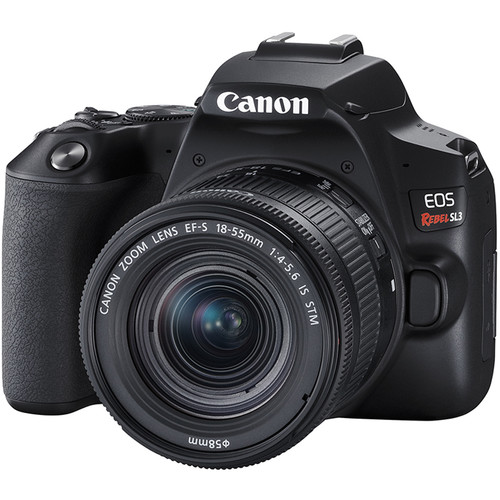
Described by us as one of the best beginner-targeted interchangeable lens cameras ever, this old-school DSLR can shoot 4K video.
Read more below
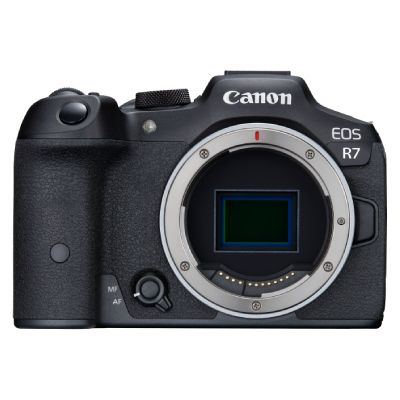
Canon EOS R7 is one of the best APS-C cameras you can buy and with an adapter you could use a lot of affordable EF lenses on it too to help keep costs down.
Read more below
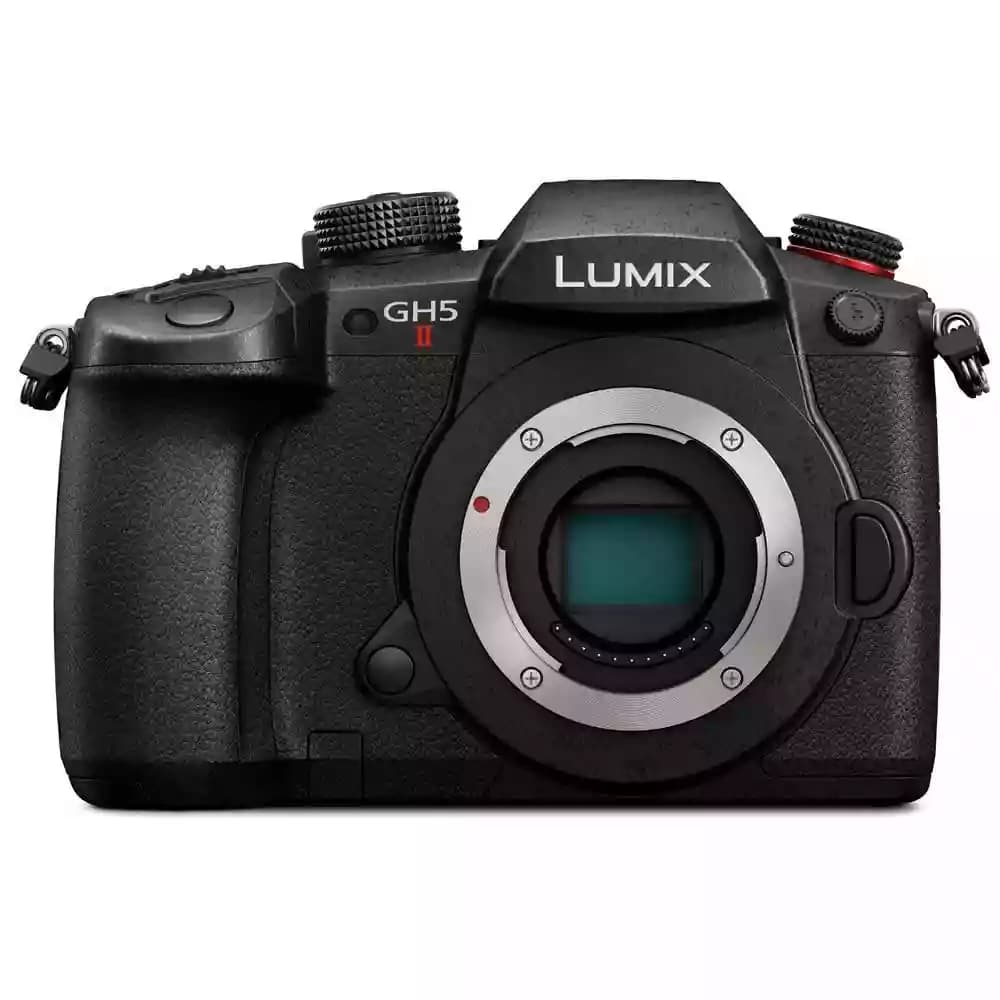
Despite the fact that the Panasonic GH5 II has now been superseded by the Panasonic GH6, if you're looking for a more affordable camera that can take professional-looking videos the GH5 II is still excellent.
Read more below
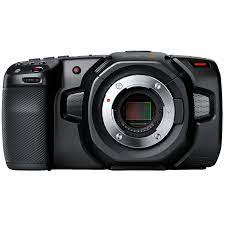
It benefits from a huge 5-inch LCD, lots of on-board connectivity, dual card slots, and dual native ISO; the latter meaning that this low-cost Blackmagic option actually delivers better low noise 4K video than some full-frame sensor cameras.
Read more below
The best camera for film students
Why you can trust Digital Camera World
Best overall
Specifications
Reasons to buy
Reasons to avoid
✅ Impressive Video Specs: With 6.2K open-gate video, F-Log2 recording and more, the X-M5 is impressively specced for the price.
✅ Affordable for Its Class: Undercutting its rivals on price, the Fujifilm X-M5 is a reasonably affordable option for starting out in filmmaking.
❌ Poor Kit Lens: The packaged XC 15-45mm lens is mediocre, with an irritating zoom noise – best avoided.
❌ May Be Too Small: The tiny dimensions of the X-M5 are great for travel, but if you're a larger person you may find it too fiddly to use.
It's so dinky that it looks at first glance like a total beginner camera, but don't let that fool you. The Fujifilm X-M5 is a quiet video powerhouse, available at a reasonable price, and that makes it our current top pick for film students.
The X-M5 can shoot 6.2K open-gate video – this means it uses the entire area of its sensor, rather than a cropped portion. It means you get footage in a 3:2 aspect ratio rather than cinematic 16:9, but this gives you loads more flexibility when it comes to cropping in the edit.
The X-M5 also provides a suite of other useful options for filmmaking. It offers F-Log2 recording, a flat colour profile designed to maximise dynamic range to provide as much detail in the image as possible, giving maximum flexbility when it comes time to colour grade.
If you're after a camera that is portable, affordable and captures high-quality video with plenty of flexible options, the Fujifilm X-M5 is an easy recommendation. There are lots of Fujifilm lenses available too – and I'd advise shopping for one of those rather than buying the X-M5 package with the XC 15-45mm. It's a noisy zoom, and you're better off with something else.
Read our full Fujifilm X-M5 review.
Final thought
The Fujifilm X-M5 may look like a beginner’s camera, but it’s a serious tool for student filmmakers. With 6.2K open-gate recording, F-Log2 support, and a solid set of video features, it offers impressive flexibility in a compact, affordable package. Pair it with a quality Fujifilm lens, and you’ve got one of the best all-round options for those starting out in film.
Best for beginners
Specifications
Reasons to buy
Reasons to avoid
✅ Full Sensor 4K Capture: Captures 4K video across the full width of the sensor, avoiding the cropped effect seen in some competitors.
✅ Tons of Lenses: Nikon's Z-mount lens range is sublime, and with an adapter, you can also make full use of F-mount DSLR lenses.
❌ Limited Stabilization: The in-body electronic Vibration Reduction (VR) available in video mode is not particularly effective.
❌ No Headphone Socket: There's no physical audio jack out to allow you to monitor your audio levels.
Capturing 4K video across the entire width of its sensor, the Nikon Z30 is a small mirrorless camera that's tilted towards vloggers and videomakers – and it makes a great starting point for film students.
The Nikon Z-mount includes some of the finest lenses ever made, and while there aren't as many made for the smaller APS-C (DX) format sensor, there's still plenty of options when you consider that you can also adapt older F-mount DSLR lenses to the camera, with full electronic functionality.
The Z30 impressed our reviewer, both for the quality of its video and for its affordability. There's no viewfinder, though for video shooters that's less of a concern than it is for photographers. The general build quality of the camera is excellent – despite its affordability, it feels premium and great to use, and that cements it as our beginner pick for film students. A
lso, unlike the Fujifilm X-M5, the Z30 can be bought with a kit lens that's actually decent – the DX 16-50mm f/3.5-6.3 VR.
Read our full Nikon Z30 review
Final thoughts
The Nikon Z30 is a strong entry point for film students, offering crisp 4K video, solid build quality, and access to Nikon’s excellent Z-mount and legacy F-mount lenses. It may lack a viewfinder, but for video-focused users, that’s hardly a drawback. With reliable performance, an intuitive design, and a genuinely good kit lens included, the Z30 stands out as one of the best-value starter cameras for budding filmmakers.
Best budget option
Specifications
Reasons to buy
Reasons to avoid
✅ Great for Beginners: Considered one of the best interchangeable lens cameras for newcomers, offering an accessible introduction to filmmaking.
✅ 4K Video with Digic 8 Processor: Shoots 4K video with the latest Digic 8 processor, ensuring high-quality footage.
❌ Crop Factor in 4K: Switching from Full HD to 4K introduces a significant crop factor, which narrows the lens’ angle of view and may require repositioning for proper framing.
❌ Video Autofocus: While smooth and silent, the focusing in video mode isn’t instantaneous, which can affect shooting fluidity
Described by us as one of the best beginner-targeted interchangeable lens cameras ever, we get the ability here to shoot 4K video coupled with Canon’s latest Digic 8 processor.
A further bonus is Live View autofocus utilizing Dual Pixel sensor technology, thereby ensuring a swifter response than the contrast AF used by many competing models’ sensors when placed in Live View mode. For composing and reviewing videos, the DSLR’s flip-out and twist LCD screen adds creative flexibility; but there are some limitations.
For example, when switching from Full HD video to 4K shooting there’s a significant crop factor, which effectively narrows the lens’ angle of view, meaning you may need to step back and re-frame your shot.
Focusing in video mode isn’t instantaneous either; but it is at least smooth and silent, avoiding jerky transitions between subjects. While not 100% perfect, then, this is still a decent option for film students looking to cut their teeth.
Read our full Canon Rebel SL3 / EOS 250D for more details
Final thoughts
The Canon EOS 250D (Rebel SL3) remains one of the best beginner-friendly interchangeable lens cameras around. It offers 4K video, reliable Dual Pixel autofocus in Live View, and a fully articulating screen that’s great for creative shooting. While 4K comes with a noticeable crop and focusing isn’t lightning-fast, it’s smooth and silent—ideal for learning the ropes. For film students on a budget, the 250D delivers a solid mix of quality, usability, and flexibility without overwhelming you.
Best APS-C
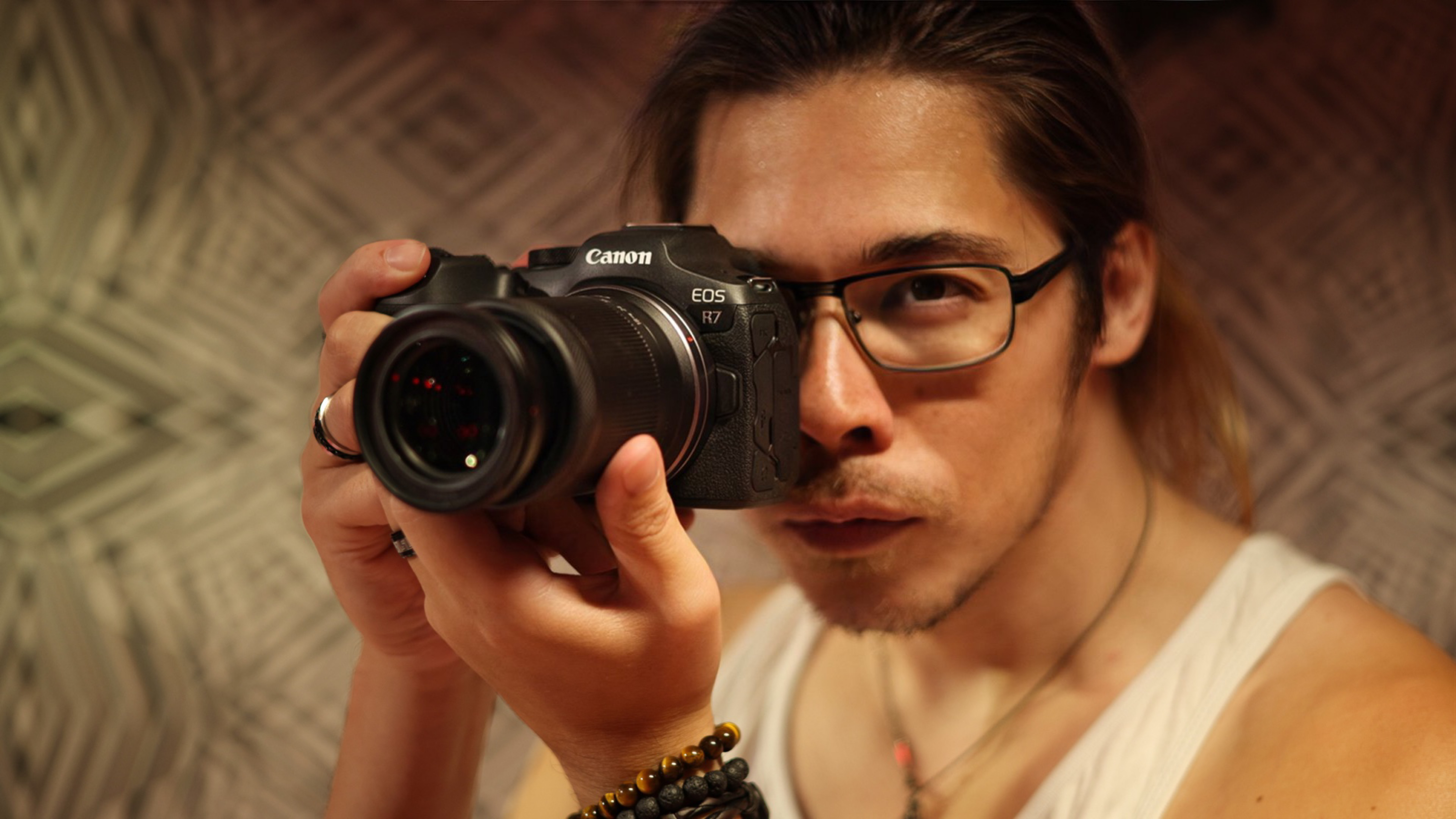
Specifications
Reasons to buy
Reasons to avoid
✅ 5-Axis, 8-Stop Image Stabilization: Provides effective stabilization for smooth video footage, reducing the need for additional stabilization equipment.
✅ 4K Video Ccapabilities: Offers 4K60p and 4K30p oversampled 7K video for sharp, detailed footage, plus Full HD slow-motion at 120p.
❌ Crop Factor in 4K: The 1.6x crop factor might require adjusting your shooting setup or framing when using wide-angle lenses.
❌ Battery life: The battery life is shorter than some other cameras, potentially requiring additional batteries.
If you're a student filmmaker also looking for a camera that shoots excellent stills, the Canon EOS R7 does both very well and at lightning speeds.
On the video side of things, the R7 benefits from 5-axis, 8-stop image stabilization, 4k60p and 4K30p oversampled 7K video, shoot Full HD slow-mo at 120p, a fully articulating screen is ideal for shooting at the hip or overhead and the 1.6x crop factor means you can make longer lenses reach even further - very helpful when shooting gigs or festivals!
In our opinion, the Canon EOS R7 is one of the best APS-C cameras you can buy and with an EF-RF lens adapter you could use a lot of affordable EF lenses on it too to help keep costs down.
Read our full Canon EOS R7 review for more details
Final thoughts
The Canon EOS R7 is a superb all-rounder for film students who also want top-tier stills. It delivers crisp, oversampled 4K video, excellent stabilisation, and high frame rate options—all wrapped in a fast, responsive body. The fully articulating screen adds shooting flexibility, and the 1.6x crop factor can be a real asset for event coverage. Pair it with an EF-RF adapter and you’ve got access to a huge range of affordable lenses, making the R7 a powerful, future-ready option for students looking to do it all.
Best Micro Four Thirds
Specifications
Reasons to buy
Reasons to avoid
✅ Fast Autofocus: Uses Contrast Detection DFD (Depth from Defocus) autofocus, which is fast and sensitive from -4 to 18EV.
✅ 5-Axis Dual IS: Offers up to 6.5 stops of image stabilization for smoother video footage.
❌ Autofocus Limitations: While fast, the Contrast Detection autofocus may not be as reliable as phase-detection systems in all situations.
❌ Superseded by GH6: The GH5 II has been replaced by the Panasonic GH6, which offers more advanced features but at a higher cost.
Despite the fact that the Panasonic GH5 II has now been superseded by not just the Panasonic GH6 but also the more recent Panasonic Lumix GH7 if you're looking for a more affordable camera that can take professional-looking videos, the GH5 II is still excellent.
Chances are if you're a student, money will be tight, and if you can save on the bod,y you can invest in the best micro four-thirds lenses or even an on-camera monitor. It can still shoot 20MP stills, up to C4K at 60p, 200Mbps 4:2:0 10-bit LongGOP4K60p video, and 4K 10-bit 4:2:2 internally.
Contrast detection DFD (depth from defocus) autofocus is super fast and has sensitivity from -4 - 18EV. The screen is fully articulated which is perfect for when you need to shoot overhead or at the hip as it makes it much easier to view.
It takes two UHS-II SD cards and offers 5-axis Dual IS giving up to 6.5 stops of stabilization. The Panasonic GH6 and GH7 are both more advanced in almost every way, but you will spend a lot more money on either of them.
Read our full Panasonic Lumix GH5 II review for more details or Panasonic Lumix GH5 II vs Panasonic GH6
Final thoughts
While it’s no longer the newest model, the Panasonic GH5 II still offers incredible value for student filmmakers. It delivers pro-level video features including 10-bit 4K recording, dual card slots, and excellent in-body stabilisation—all in a compact, well-built body. Its fully articulating screen and fast DFD autofocus make it versatile in a range of shooting scenarios. Yes, the GH6 and GH7 are more advanced, but if you're on a budget, the GH5 II leaves plenty of room to invest in quality lenses or accessories—making it a smart, capable choice for serious students.
Best video only
Specifications
Reasons to buy
Reasons to avoid
✅ Large 5-Inch LCD: Provides a big, high-resolution display for clear monitoring and composition.
✅ Dual Native ISO: Delivers impressive low-noise 4K video recording, even rivaling some full-frame sensor cameras.
❌ No Stills Capability: Not designed for capturing still images, so it's not suitable if you need a camera for both video and photography.
❌ Chunky Design: The retro, chunky build may be less portable and comfortable for extended use compared to more compact cameras.
Designed for videography from the get-go, the (deep breath) Blackmagic Pocket Cinema Camera 4K isn’t an option to consider if you’re looking to shoot stills as well.
This chunky retro-looking device is based around a Micro Four-Thirds lens mount and Four Thirds sensor combo, while being heads and shoulders above actual Four Thirds stills cameras when it comes to video capability.
It benefits from a huge 5-inch LCD, lots of on-board connectivity, dual card slots, and dual native ISO; the latter meaning that this Blackmagic option actually delivers low noise 4K video recording more impressively than some full-frame sensor cameras, which is a high recommendation. If it’s video you want pure and simple, you could even say it’s ‘magic’.
Read our full Blackmagic Pocket Cinema Camera 4K for more details
Final thoughts
The Blackmagic Pocket Cinema Camera 4K is built purely for video, and it shows. With its Micro Four Thirds mount, large 5-inch touchscreen, dual card slots, and dual native ISO, it delivers outstanding 4K footage with impressively low noise—even rivalling some full-frame rivals. It’s not for stills, and it’s bulkier than most mirrorless options, but if your focus is pure video production, this camera offers professional-level performance at a student-friendly price. For serious filmmaking on a budget, the Pocket Cinema Camera 4K is a standout choice.
Best full frame
Specifications
Reasons to buy
Reasons to avoid
✅ Advanced Video Features: Capable of 10-bit 4:2:0 4K at 60fps and up to 180fps in 1080p, making it a powerful tool for high-quality video production.
✅ Full-Frame Sensor: Offers a sensor size about 50% larger than Super35 / APS-C and 100% larger than Micro Four Thirds, providing higher resolution, better detail, and superior low-light performance.
❌ Expensive Native L-Mount Lenses: Native lenses for the L-mount system can be costly, which may increase the overall cost of your setup.
❌ Flaky Continuous AF: Like many Panasonic models, the continuous autofocus can be unreliable, which may require manual focus adjustments for precise control.
If you want to truly step up your filming skills, the Panasonic S5 features a full-frame image sensor – which is about 50% larger than Super35 / APS-C and 100% larger than Micro Four Thirds.
This gives a number of technical advantages over smaller formats, from higher resolution and detail to cleaner ISO and low light performance. It also delivers the creative effect of an incredibly shallow depth of field, for superior subject separation and dreamy out-of-focus backgrounds.
In effect, the S5 is essentially a full-frame version of the GH5 (though it's actually smaller and lighter), though it incorporates features from the Netflix-approved Panasonic S1H. With 10-bit 4:2:0 4K 60fps, and up to 180fps in 1080p, it's an absolute powerhouse – though it's worth noting that native L-mount lenses are quite expensive, and like all Panasonics the continuous AF can be a little flaky.
However, you can easily adapt all manner of other lenses, and for filmmaking, which is very different from vlogging, you'll likely be pulling focus manually anyway. T
he subsequent Panasonic Lumix S5 II is a better camera in a lot of respects, particularly for its introduction of phase-detection autofocus, however the more affordable Lumix S5 still shoots great video and is an ideal full-frame starting point.
Read our full Panasonic S5 review for more details
Final thoughts
The Panasonic Lumix S5 is a fantastic full-frame entry point for film students ready to take things up a level. With excellent low-light performance, cinematic depth of field, and powerful video specs - including 10-bit 4K at 60fps and up to 180fps in Full HD - it’s a serious tool in a compact, lightweight body. Autofocus isn’t its strong suit, and native L-mount lenses can be pricey, but manual focus is often preferred in filmmaking anyway. If you want full-frame quality without breaking the bank, the original S5 remains a top-tier choice.
Best for content creators
Specifications
Reasons to buy
Reasons to avoid
✅ 4K and Cinema 4K: Supports 16:9 ratio 4K footage and Cinema 4K at a 17:9 ratio, providing flexibility in video composition.
✅ Extended Video Recording: No 30-minute recording limit, unlike many stills-focused cameras.
❌ Complex video features: The camera’s advanced video features can be complex to fully utilize, requiring additional research or practice to master.
❌ Reduced stills capability: With only 10 megapixels, it’s less suited for high-resolution still photography.
A version of the Panasonic GH5 that has been tweaked for video, at the expense of some of its still shooting capabilities. It offers ‘just’ 10 megapixels – and thus even more dedicated to the art of filming, particularly so in low light.
Here we get not just regular 16:9 ratio 4K footage and the option of Cinema 4K at the slightly wider 17:9 ratio, along with twin UHS-II card slots to cope with the data-hungry demand; we are also gifted Dual Native ISO.
The latter is a feature borrowed from its maker’s pro video cams that claim to deliver less noise at higher sensitivities – thereby making the camera a more proficient tool when recording in lower light.
Naturally, this being Panasonic, 8MP stills can be snatched from a 4K video sequence, and, unlike regular stills cameras, video recording duration doesn’t cut off at just shy of 30 minutes. With far too many nuanced video features to go into here, check out our standalone long-form review of the GH5S for the fuller picture.
Read our full Panasonic GH5s review for more details
Final thought
The Panasonic Lumix GH5S is a video-first mirrorless camera that prioritises low-light performance and cinematic flexibility. With its dual native ISO, 10-bit 4K recording, and no recording time limits, it’s built for serious filmmaking. While it lacks in-body stabilisation and isn’t ideal for stills, the GH5S excels in controlled shooting environments where image quality and colour grading flexibility matter most. For film students focused purely on video and working with rigs or gimbals, the GH5S remains a highly capable and dependable choice.
Final thoughts
The Panasonic Lumix GH5S is a video-first mirrorless camera that prioritises low-light performance and cinematic flexibility. With its dual native ISO, 10-bit 4K recording, and no recording time limits, it’s built for serious filmmaking. While it lacks in-body stabilisation and isn’t ideal for stills, the GH5S excels in controlled shooting environments where image quality and colour grading flexibility matter most. For film students focused purely on video and working with rigs or gimbals, the GH5S remains a highly capable and dependable choice.
Best for vlogging
Specifications
Reasons to buy
Reasons to avoid
✅ Cinema 4K Quality: The ZV-E10 II uses the same sensor and processor from Sony's cinema FX30, but costs a whole lot less.
✅ Great Battery Life: The addition of the NP-FZ100 battery is specced to deliver 195 minutes of recording – our testes bore this out.
❌ No AI Processor: Unlike some of its contemporaries, the ZV-E10 II lacks the latest cutting-edge subject-recognition autofocus.
❌ Possible Balance Issues: The relatively small body of the ZV-E10 II is an advantage in some respects, but balances poorly with bid lenses.
Sony's second go at a fully vlogging-focused mirrorless camera (the 'ZV' range is all designed expressly for video), the ZV-E10 II is a far superior proposition to the original ZV-E10, and is a standout choice for filmmaking students.
It inherits the same sensor and processor as Sony's cinema FX30, a camera that is big, complex, and expensive for film students, but shoots sumptuous video, which means the ZV-E10 II does too!
Elsewhere, the ergonomics are excellent, with the small and light ZV-E10 II being brilliant for taking everywhere with you to get used to shooting – it's only with extra-large lenses that the size might not quite feel optimal.
Sony has also massively improved the battery life on this camera compared to the first ZV-E10, meaning you can record for much longer before needing to charge up. An ideal starting point for vloggers and film students alike, the Sony ZV-E10 II is inexpensive and brilliant.
Read our full Sony ZV-E10 II review for more details
Final thoughts
The Sony ZV-E10 II is a brilliant upgrade that hits the sweet spot for student filmmakers and vloggers alike. With the same sensor and processor as the higher-end FX30, it delivers outstanding video quality in a far more compact and affordable package. Ergonomics are solid, battery life is vastly improved, and its lightweight design makes it perfect for daily shooting - just be mindful with larger lenses. For those starting out in filmmaking and wanting pro-level results without the bulk or price tag, the ZV-E10 II is a smart, no-fuss choice.
How to choose the best camera for film students
So, you’re about to dive into your film course – or maybe you’re teaching yourself the craft – and now comes the big decision: choosing your first camera. It’s not as straightforward as it seems, particularly when the budget is tight, as it so often is for students.
Video quality is non-negotiable. At the very least, you’ll need a camera that can shoot in 4K. You might not deliver every project in that resolution, but the extra detail gives you room to crop and reframe shots, and 4K has become the industry baseline. If you’re hoping to pick up freelance video work alongside your studies, having 4K in your toolkit is essential.
Frame rates are another key factor. Cameras record at different frame rates depending on the resolution – for example, 4K at 30p, Full HD at 60p, or HD at 120p. Each has its use: 30p is the standard for smooth online content, 60p is better for fluid motion, and 24p is the cinematic look audiences instinctively associate with film. The more options you have, the more creative flexibility you’ll enjoy.
Then there are lenses. Every camera system comes with its own lens mount, and the cost of glass can be just as important as the body itself. DSLRs benefit from a huge pool of affordable used lenses, while newer mirrorless systems tend to have fewer options and higher prices. That said, mirrorless lenses often deliver sharper results and modern features like image stabilization, making them worth the investment if you can stretch your budget.
How we test cameras
We test the best filmmaking cameras both in real-world shooting scenarios and in carefully controlled conditions. In our tests, we look at the resolution, dynamic range in real-world use cases and make our judgement on years of expertise in the field of filmmaking and photography.
Find out how we test and review on Digital Camera World
FAQs
What type of camera is best for film students?
High-end cinema cameras can be eye-wateringly expensive and intimidating for newcomers, but the good news is that today’s mirrorless and DSLR cameras pack in many of the same video features at a far more approachable price. Think 4K recording, log profiles, and even 8 or 10-bit video – and if those terms sound unfamiliar, our jargon guide will help make sense of them.
Since the groundbreaking Canon EOS 5D Mark II, hybrid cameras have evolved dramatically. What were once tools designed mainly for photography are now capable video machines, offering continuous autofocus, HDMI outputs, external mic and headphone ports, and access to a wide range of lenses. Add in 4K recording, plus the choice of viewing your footage on an articulated screen or an external monitor, and you’ve got everything a film student needs to learn the ropes and push their skills further.
What sensor size is best for filmmaking?
Micro Four Thirds cameras have long been a favourite of up-and-coming filmmakers thanks to their portability, reasonable price, and wide choice of lenses. APS-C systems are another solid choice, with a sensor size that closely mirrors the industry-standard Super35 format. If your priority is shooting in low light or achieving a beautifully shallow depth of field, though, a full-frame camera is the way to go.
Read more:
The best cameras for filmmaking
Best cinema cameras
The best video tripods
Best microphones for vloggers and filmmakers
Best camera sliders
The best LED light panels
The best on-camera monitors
The best camera deals, reviews, product advice, and unmissable photography news, direct to your inbox!

For nearly two decades Sebastian's work has been published internationally. Originally specializing in Equestrianism, his visuals have been used by the leading names in the equestrian industry such as The Fédération Equestre Internationale (FEI), The Jockey Club, Horse & Hound, and many more for various advertising campaigns, books, and pre/post-event highlights.
He is a Fellow of the Royal Society of Arts, holds a Foundation Degree in Equitation Science, and holds a Master of Arts in Publishing. He is a member of Nikon NPS and has been a Nikon user since his film days using a Nikon F5. He saw the digital transition with Nikon's D series cameras and is still, to this day, the youngest member to be elected into BEWA, the British Equestrian Writers' Association.
He is familiar with and shows great interest in 35mm, medium, and large-format photography, using products by Leica, Phase One, Hasselblad, Alpa, and Sinar. Sebastian has also used many cinema cameras from Sony, RED, ARRI, and everything in between. He now spends his spare time using his trusted Leica M-E or Leica M2, shooting Street/Documentary photography as he sees it, usually in Black and White.
